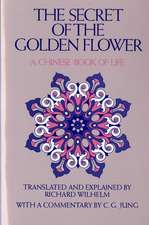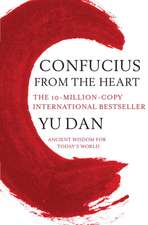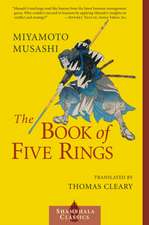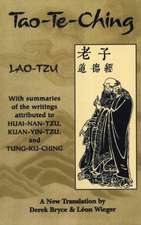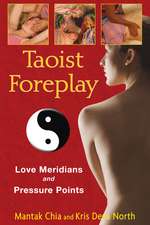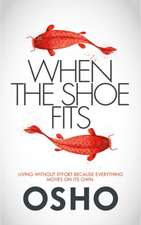Su-un and His World of Symbols: The Founder of Korea's First Indigenous Religion
Autor Paul Beirneen Limba Engleză Paperback – 13 dec 2021
| Toate formatele și edițiile | Preț | Express |
|---|---|---|
| Paperback (1) | 384.31 lei 6-8 săpt. | |
| Taylor & Francis – 13 dec 2021 | 384.31 lei 6-8 săpt. | |
| Hardback (1) | 1058.65 lei 6-8 săpt. | |
| Taylor & Francis – 21 sep 2009 | 1058.65 lei 6-8 săpt. |
Preț: 384.31 lei
Nou
Puncte Express: 576
Preț estimativ în valută:
73.55€ • 76.50$ • 60.72£
73.55€ • 76.50$ • 60.72£
Carte tipărită la comandă
Livrare economică 15-29 aprilie
Preluare comenzi: 021 569.72.76
Specificații
ISBN-13: 9781032243375
ISBN-10: 1032243376
Pagini: 228
Dimensiuni: 156 x 234 x 12 mm
Greutate: 0.33 kg
Ediția:1
Editura: Taylor & Francis
Colecția Routledge
Locul publicării:Oxford, United Kingdom
ISBN-10: 1032243376
Pagini: 228
Dimensiuni: 156 x 234 x 12 mm
Greutate: 0.33 kg
Ediția:1
Editura: Taylor & Francis
Colecția Routledge
Locul publicării:Oxford, United Kingdom
Notă biografică
Paul Beirne is Dean and Professor of Comparative Religion at the Melbourne College of Divinity. He lived and studied in South Korea for fifteen years, and has undertaken research on the Donghak/Cheondo-gyo religion since 1991. He has visited many of the religion's sacred sites (to which he had unrestricted entry). His contacts within the Cheondo-gyo organization made available to him a wide range of historical resources and rare archival material which provided vital insight into the mind and the heart of Su-un and his religious odyssey.
Cuprins
Introduction; Chapter 1 Materials and Method; Chapter 2 Su-un’s Life and Times; Chapter 3 Su-un’s Encounter with the Lord of Heaven; Chapter 4 The Mystical Talisman; Chapter 5 The Sacred Incantation; Chapter 6 Su-un’s Final Self-image; Chapter 7 Haewol and the Unity of All Creation; Chapter 8 Su-un’s Legacy; Chapter 9 Donghak/Cheondo-gyo in Historical Perspective;
Recenzii
Paul Beirne's book is not only engagingly informative; it is flat-out inspirational. His study of Ch'oe Su-un, the founder of Korea's first indigenous religion, shows the vital links between mysticism and liberation, between religion and revolution. This is a book that will interest not just historians but comparative theologians, liberationists, students of mysticism. Paul F. Knitter, Paul Tillich Professor of Theology, World Religions, and Culture, Union Theological Seminary, New York With this study of the founder of Korea’s first indigenous organized religion, Paul Beirne has opened a new window onto Korea’s recent past. Most previous scholarship has focused on the dramatic political and economic transformation Korea has undergone over the last couple of centuries. Beirne reminds us that Korea has gone through equally dramatic changes in its religious culture, as Koreans have responded to the challenges of the modern world by creating new spiritual resources to help them navigate this transformed political and economic environment. Though Beirne focuses on Choe Su-un, a mid-19th century religious visionary, Choe’s ideas continue to reverberate in Korea today. This fascinating book helps us better understand the beliefs and values of modern Koreans. Don Baker, Professor, Department of Asian Studies, University of British Columbia ’Paul Beirne’s book is a valuable, compelling, and informative work that sheds much light on the foundation of one of the most influential religious movements in Korea in the nineteenth and twentieth centuries. It brings out well the context in which Tonghak was founded, the ideas and practices which influenced its founder, and most importantly, the interaction of thought, practice, and the process of theological development even within a few years of the formation of a new religion. It is a welcome and important contribution to studies on Tonghak and the history of Korean religion.’ Acta Koreana 'Beirne’s book is
Descriere
Su-un and His World of Symbols explores the image which Choe Che-u (Su-un), the founder of Donghak (Eastern Learning) Korea's first indigenous religion, had of himself as a religious leader and human being. Exploring the two symbols which Su-un created and used to disseminate his religion, and the two books of Scripture which he composed, this book

